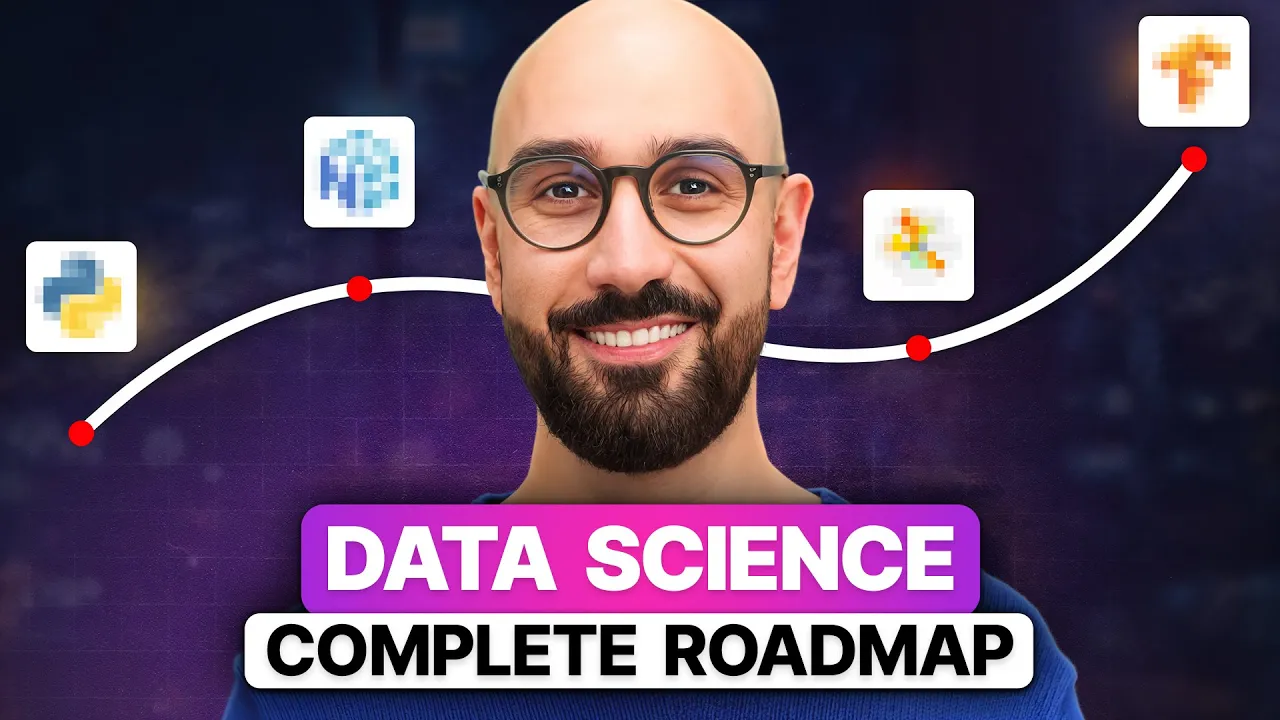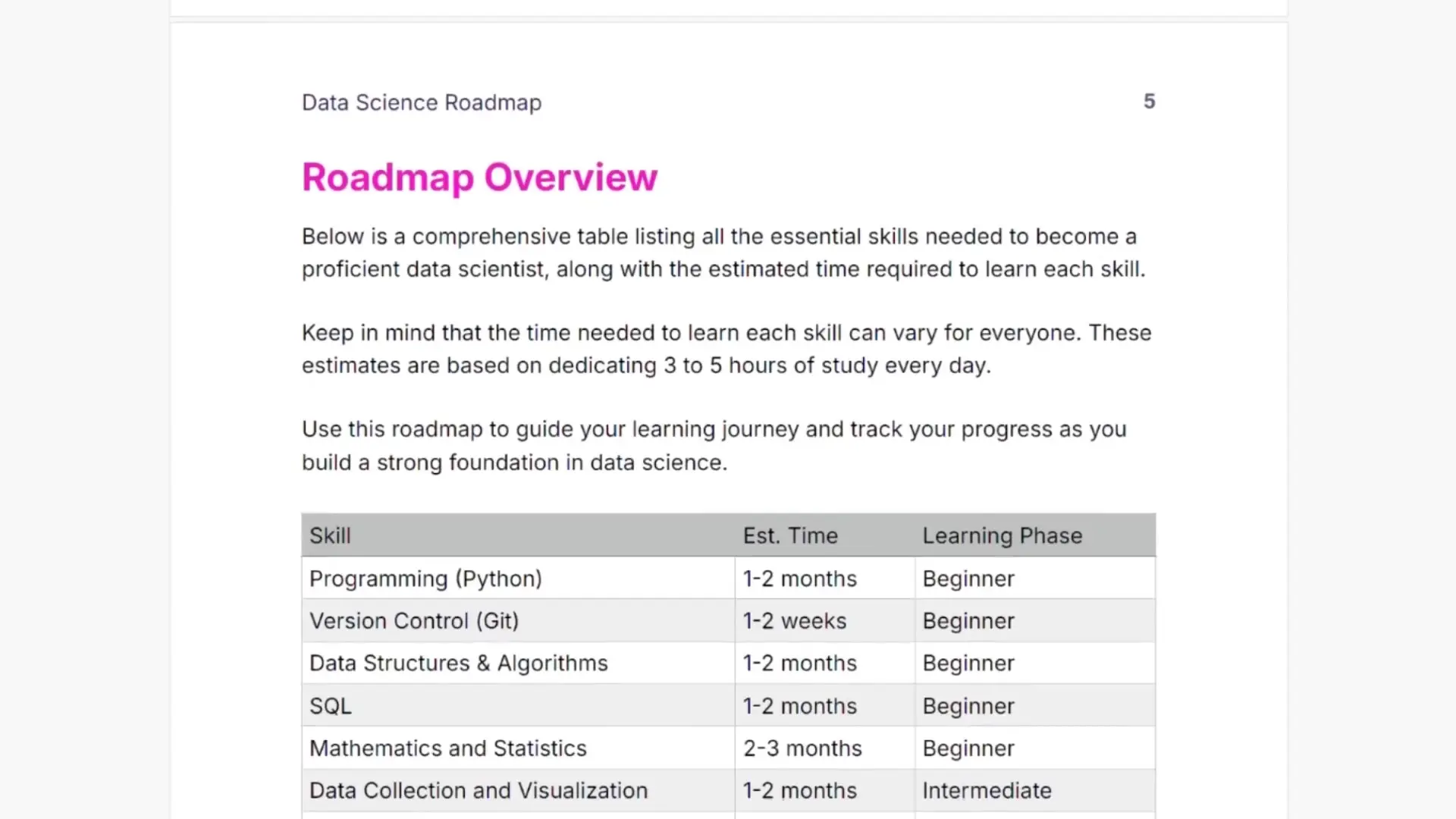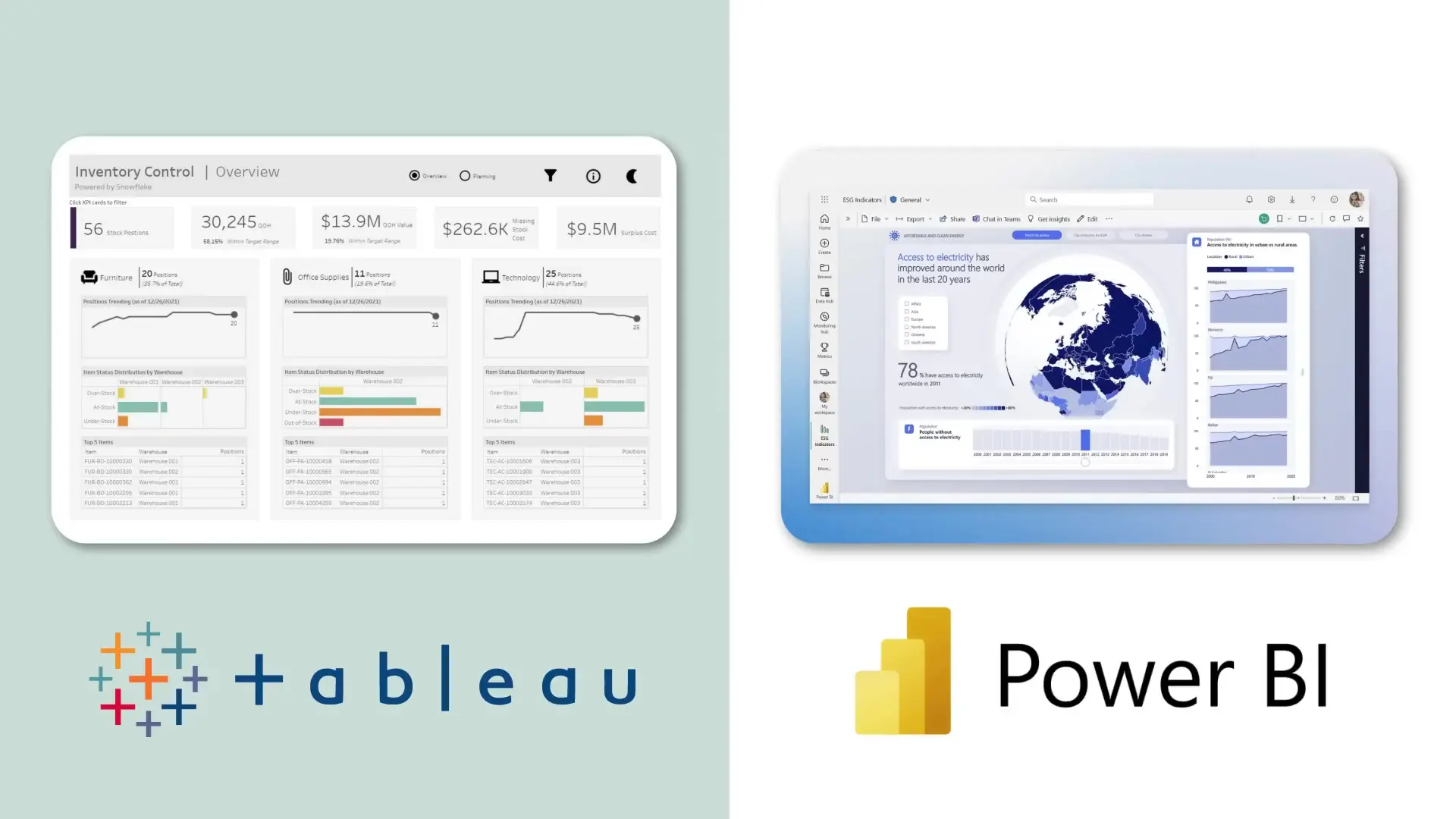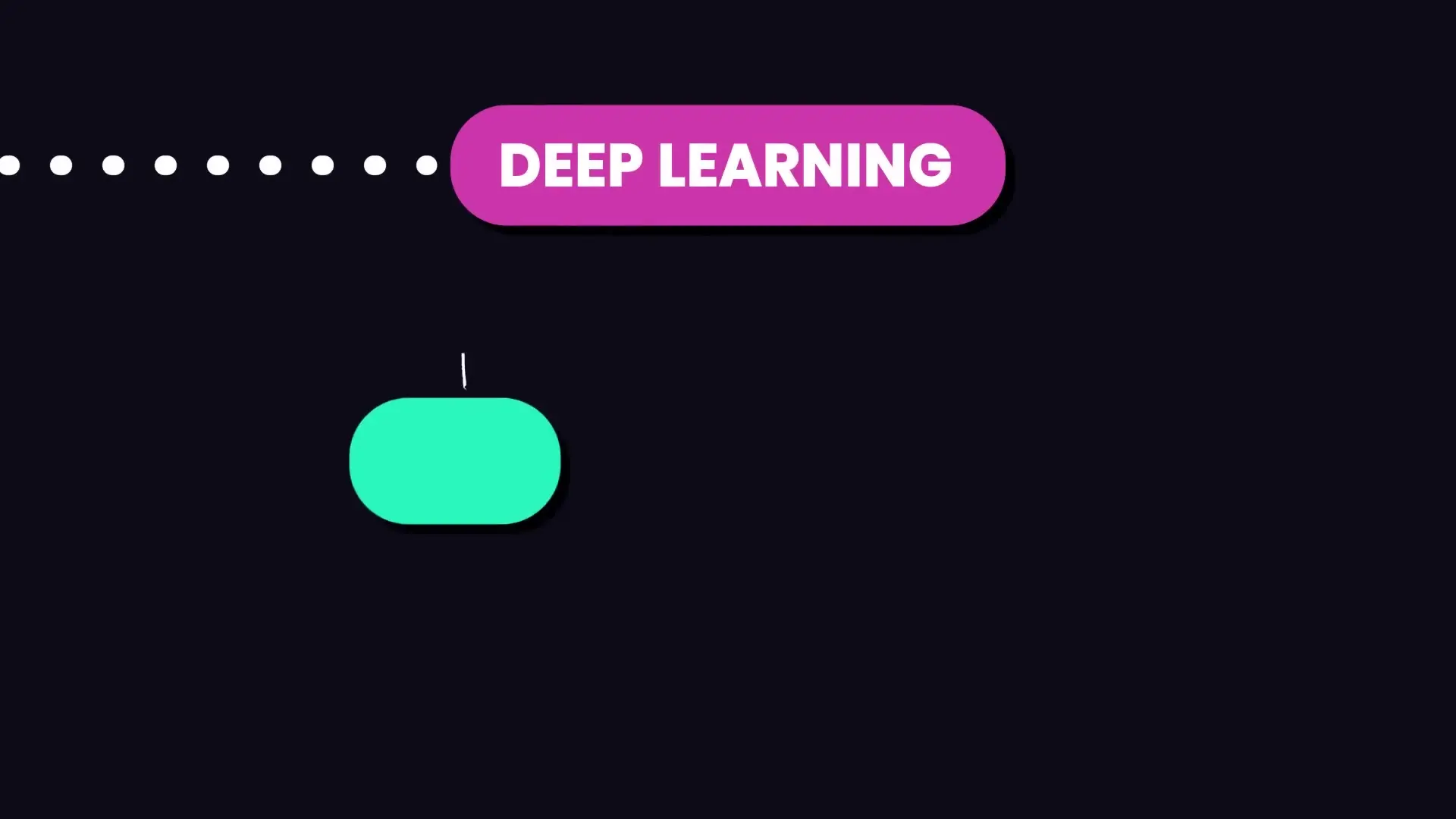
Data science continues to be one of the most sought-after career paths in the technology sector. Whether you're just starting your journey or looking to transition from another field, understanding the essential skills required can help you navigate this complex landscape effectively. This comprehensive roadmap breaks down the nine critical skills you need to master to become a successful data scientist.
1. Python Programming: The Foundation of Data Science
Python has established itself as the primary programming language in the data science community due to its simplicity, versatility, and robust ecosystem of libraries. As a beginner, you should focus on mastering Python fundamentals before diving into specialized data science libraries.
- Basic syntax and data structures
- Functions and object-oriented programming
- Popular data science libraries (NumPy, Pandas, Matplotlib)
- Jupyter notebooks for interactive coding
With dedicated practice, you can gain a solid foundation in Python within 1-2 months. After mastering Python, you might consider learning R, another popular language in the data science community, especially valued for its statistical analysis and visualization capabilities.
2. Version Control with Git: Tracking Your Progress
Git isn't a programming language but a Version Control System that allows you to track changes to your code and collaborate effectively with others. While Git offers numerous features, you'll primarily use about 20% of them for 80% of your work—a perfect example of the Pareto principle in action.
- Basic commands: init, add, commit, push, pull
- Branching and merging strategies
- Resolving conflicts
- Collaborating with others through platforms like GitHub
With just 1-2 weeks of consistent practice, you can become comfortable with Git's essential features, making it an efficient addition to your data science toolkit.
3. Data Structures and Algorithms: Building Problem-Solving Skills
Understanding data structures and algorithms is crucial for developing strong problem-solving abilities—a key skill for tackling complex data challenges. This knowledge also gives you an edge in technical interviews at major tech companies like Google, Amazon, and Facebook, which regularly assess candidates on these concepts.
- Arrays, linked lists, stacks, and queues
- Trees, graphs, and hash tables
- Sorting and searching algorithms
- Time and space complexity analysis
Allocate 1-2 months to build a solid foundation in data structures and algorithms, focusing on both theoretical understanding and practical implementation.
4. SQL for Database Management: Accessing and Organizing Data
Structured Query Language (SQL) is essential for working with databases—a fundamental aspect of data science. As a data scientist, you'll need to access, organize, and analyze data stored in databases, making SQL proficiency indispensable.
- Basic queries: SELECT, FROM, WHERE, GROUP BY
- Joins and relationships between tables
- Aggregation functions and window functions
- Subqueries and common table expressions (CTEs)
SQL is relatively straightforward compared to other programming languages, and you can develop a solid understanding within 1-2 months of regular practice.

5. Mathematics and Statistics: The Theoretical Foundation
A strong foundation in mathematics and statistics is crucial for understanding the principles behind data science techniques. Without this knowledge, you might be able to implement algorithms but will struggle to interpret results correctly or troubleshoot issues effectively.
- Linear algebra: vectors, matrices, eigenvalues
- Calculus: derivatives, integrals, partial derivatives
- Probability theory: random variables, distributions, Bayes' theorem
- Statistics: hypothesis testing, confidence intervals, regression analysis
Plan to spend 2-3 months building your mathematical foundation, focusing on practical applications rather than purely theoretical concepts.
6. Data Preparation and Visualization: Making Data Meaningful
Raw data is rarely ready for immediate analysis. Data scientists spend a significant portion of their time cleaning, transforming, and visualizing data to extract meaningful insights.
- Data cleaning: handling missing values, outliers, and duplicates
- Feature engineering: creating new variables, transforming existing ones
- Data visualization with Matplotlib, Seaborn, and Plotly
- Dashboard creation for interactive exploration
While not strictly necessary, familiarity with business intelligence tools like Tableau or Power BI can give you an advantage in the job market, as these tools are widely used for creating interactive and shareable dashboards.

With a solid background in Python and SQL, you can become proficient in data preprocessing and visualization within 1-2 months.
7. Machine Learning Fundamentals: Teaching Computers to Learn
Machine learning is a core component of data science that involves developing algorithms that can learn patterns from data and make predictions or decisions. Understanding both supervised and unsupervised learning approaches is essential.
- Supervised learning: regression, classification, ensemble methods
- Unsupervised learning: clustering, dimensionality reduction
- Model evaluation and validation techniques
- Hyperparameter tuning and optimization
You'll need to become familiar with libraries like scikit-learn, TensorFlow, and PyTorch, which provide implementations of various machine learning algorithms. Dedicate 3-4 months to master these core concepts and tools.
8. Deep Learning: Advanced Neural Network Architectures
Deep learning is a specialized subset of machine learning that uses neural networks with multiple layers (hence "deep") to model complex patterns. These networks excel at tasks like image recognition, natural language processing, and speech recognition.
- Neural network fundamentals: perceptrons, activation functions, backpropagation
- Convolutional Neural Networks (CNNs) for image data
- Recurrent Neural Networks (RNNs) and LSTMs for sequential data
- Transfer learning and pre-trained models
TensorFlow and PyTorch are essential tools for implementing deep learning models. Plan to spend 2-3 months developing a solid understanding of deep learning concepts and implementation techniques.
9. Specialization: Finding Your Niche
Once you've built a strong foundation in data science, consider specializing in a specific area that aligns with your interests and career goals. Two popular specializations are Natural Language Processing (NLP) and Computer Vision.

- Natural Language Processing (NLP): text analysis, sentiment analysis, language translation, chatbots
- Computer Vision: image recognition, object detection, facial recognition, autonomous vehicles
- Big Data: processing large datasets with tools like Hadoop and Spark
You don't need to master all specializations—choose one that interests you most and spend 2-3 months diving deep into that area.
Putting It All Together: Your Data Science Journey Timeline
If you dedicate 3-5 hours daily to learning and practice, you can develop the skills needed for an entry-level data science position within 12-20 months. Here's a suggested timeline:
- Python Programming: 1-2 months
- Git Version Control: 1-2 weeks
- Data Structures and Algorithms: 1-2 months
- SQL for Database Management: 1-2 months
- Mathematics and Statistics: 2-3 months
- Data Preparation and Visualization: 1-2 months
- Machine Learning Fundamentals: 3-4 months
- Deep Learning: 2-3 months
- Specialization (NLP, Computer Vision, or Big Data): 2-3 months
Remember that this timeline is flexible and can vary based on your prior experience, learning pace, and the depth of understanding you aim to achieve. The key is consistent practice and application of concepts through projects.
Conclusion: Your Path to Data Science Success
Becoming a data scientist requires dedication and a structured approach to learning. By following this roadmap and mastering these nine essential skills, you'll build a solid foundation for a successful career in data science. Start with the fundamentals, practice consistently, work on real-world projects, and gradually specialize in areas that interest you most.
Remember that data science is a rapidly evolving field, so continuous learning will be a part of your journey even after landing your first job. Stay curious, keep experimenting with new techniques, and connect with the data science community to stay updated on the latest developments.
Let's Watch!
9 Essential Skills to Master for a Successful Data Science Career in 2024
Ready to enhance your neural network?
Access our quantum knowledge cores and upgrade your programming abilities.
Initialize Training Sequence